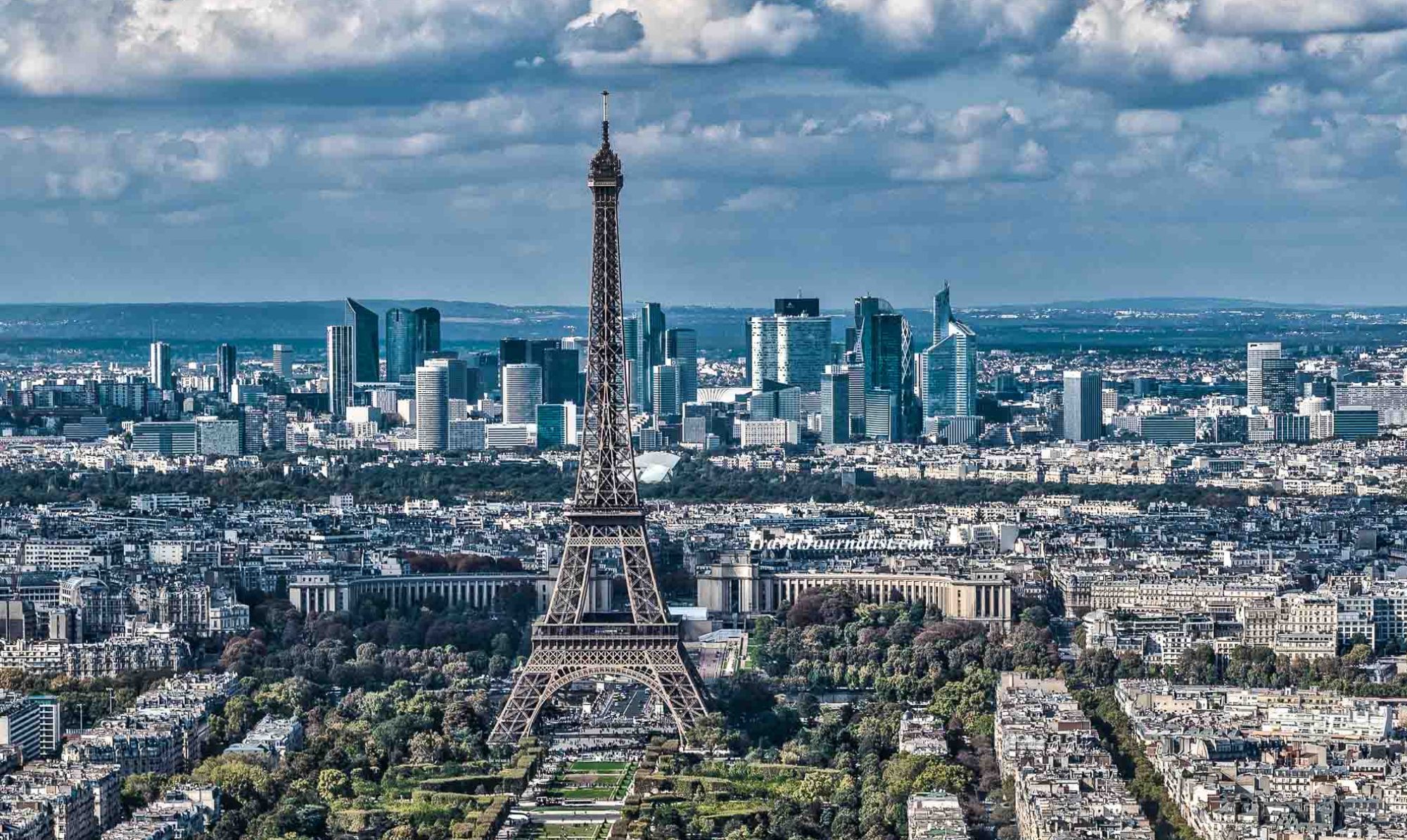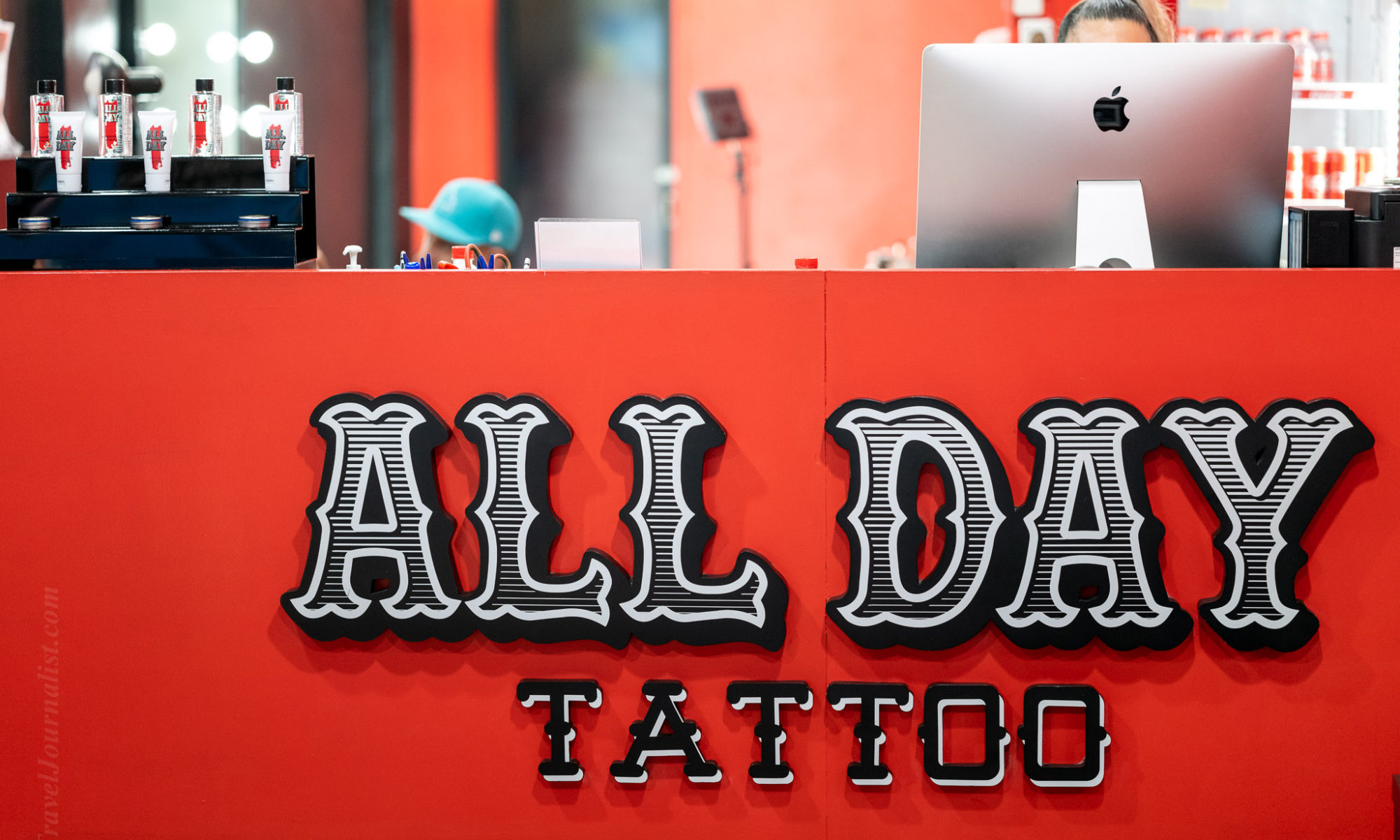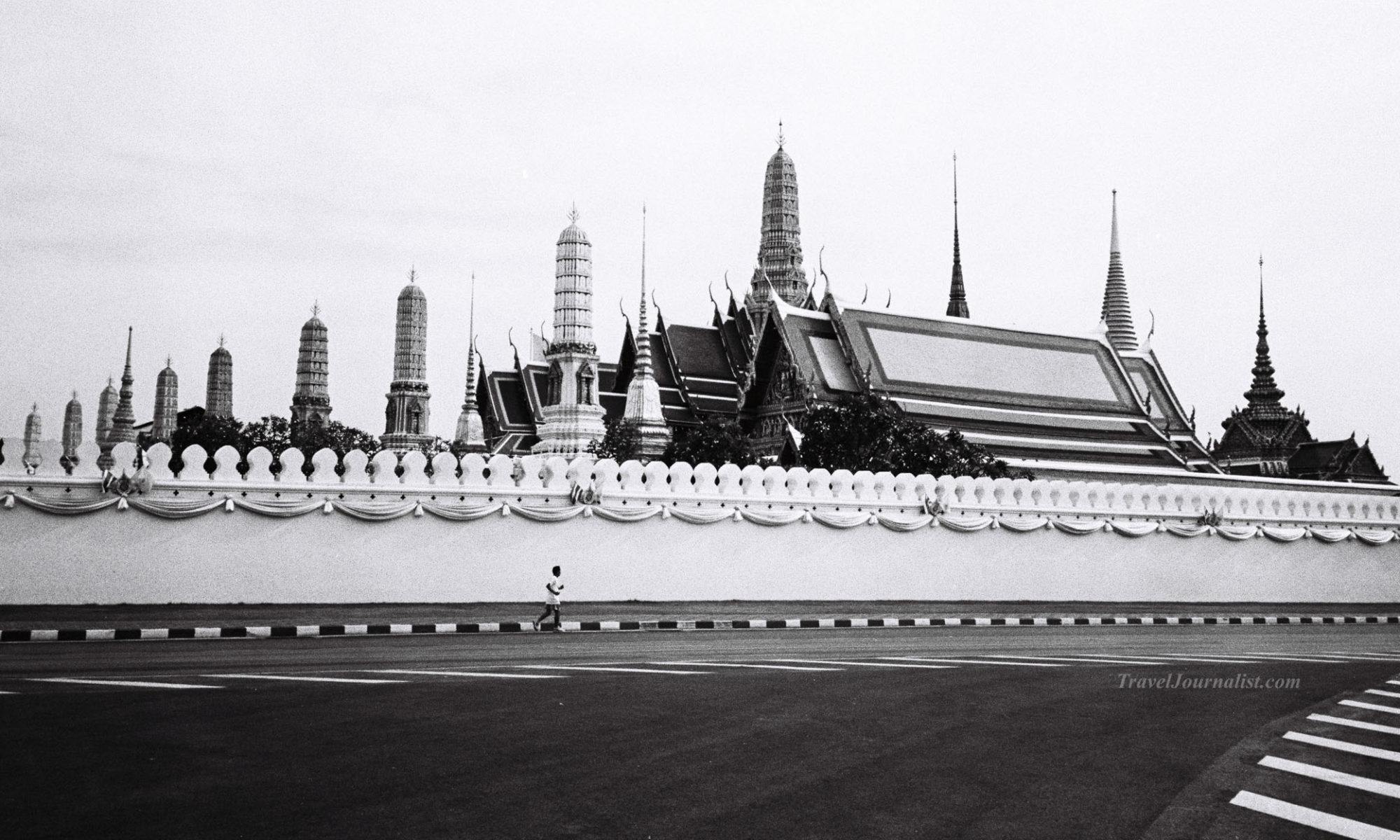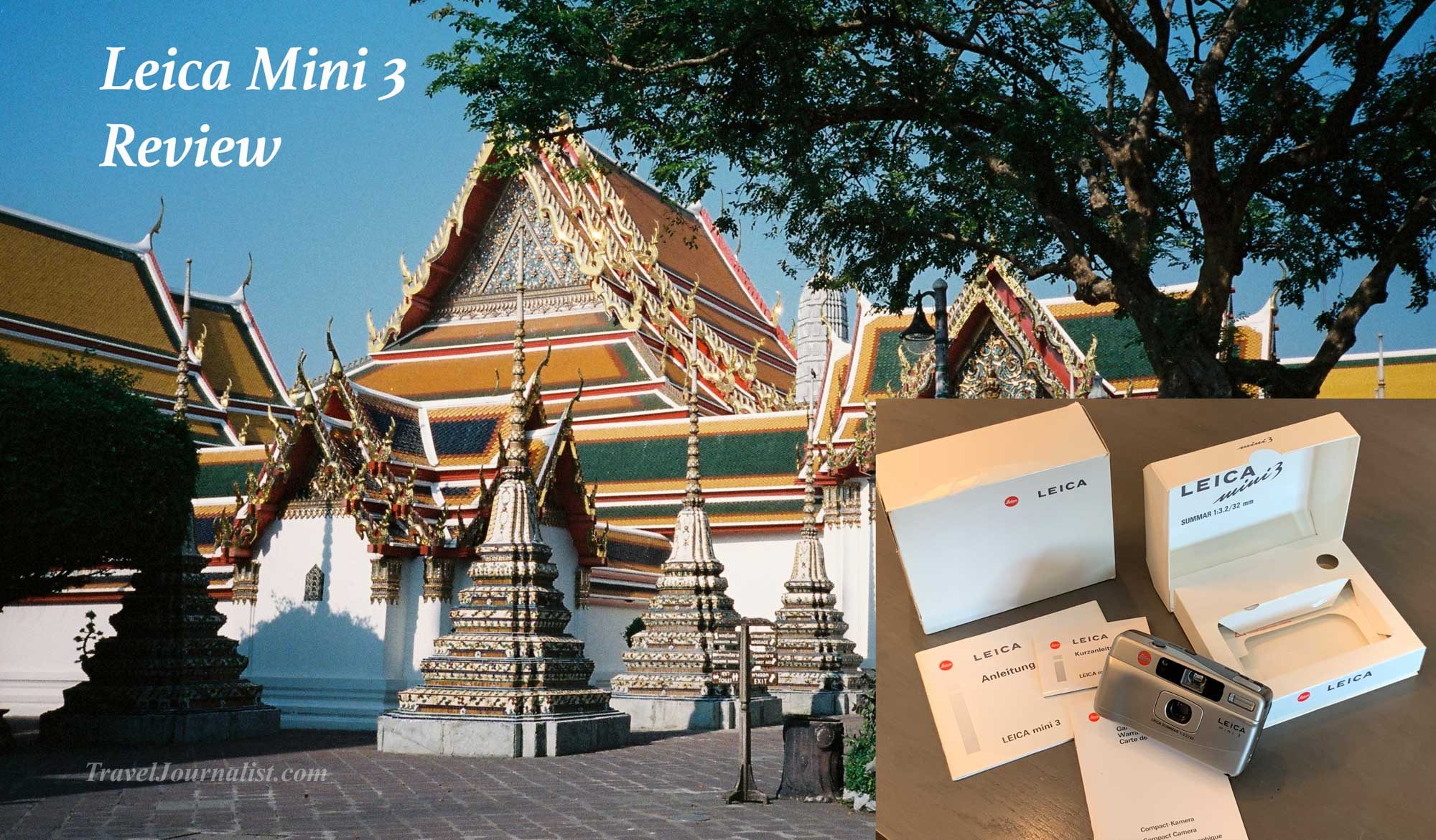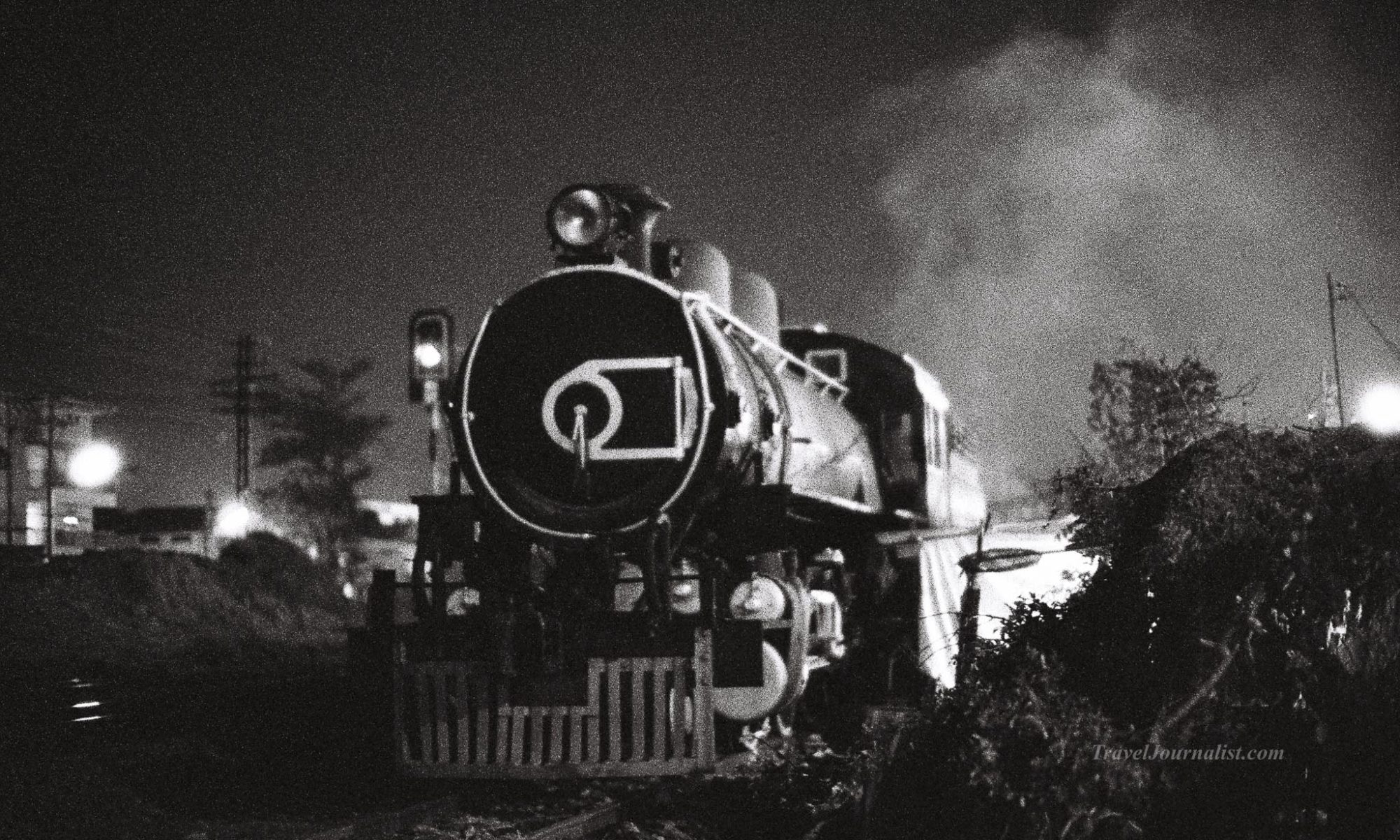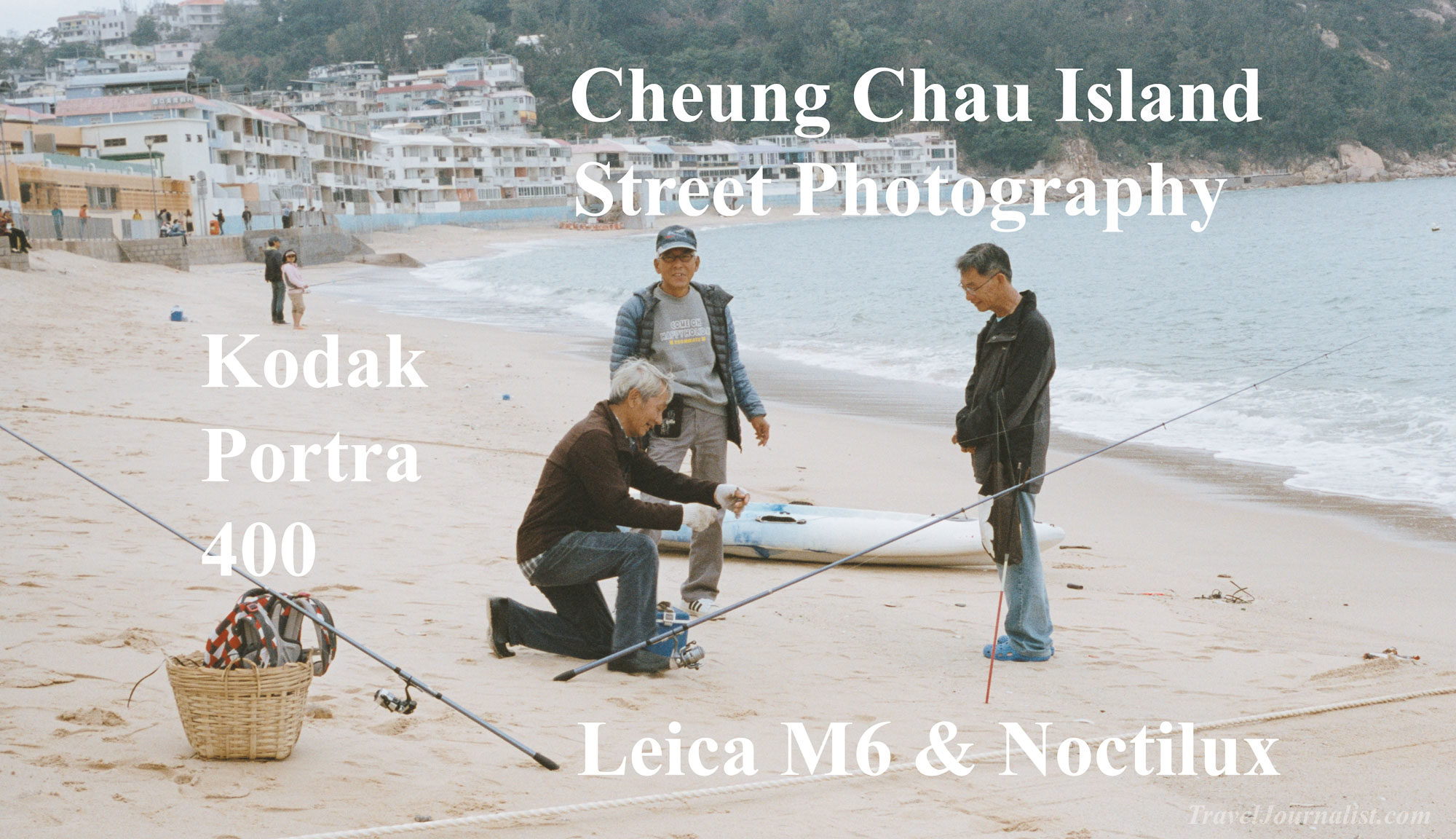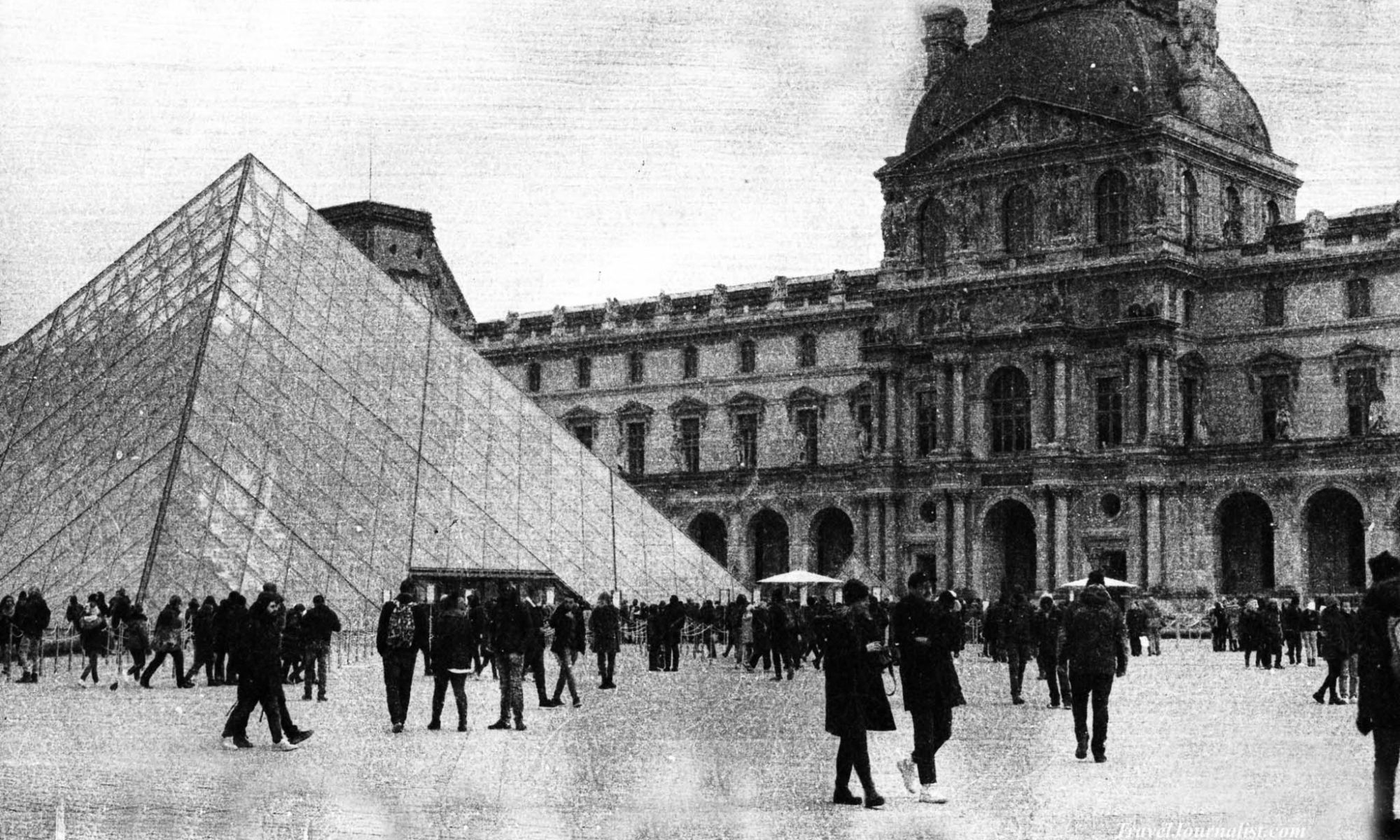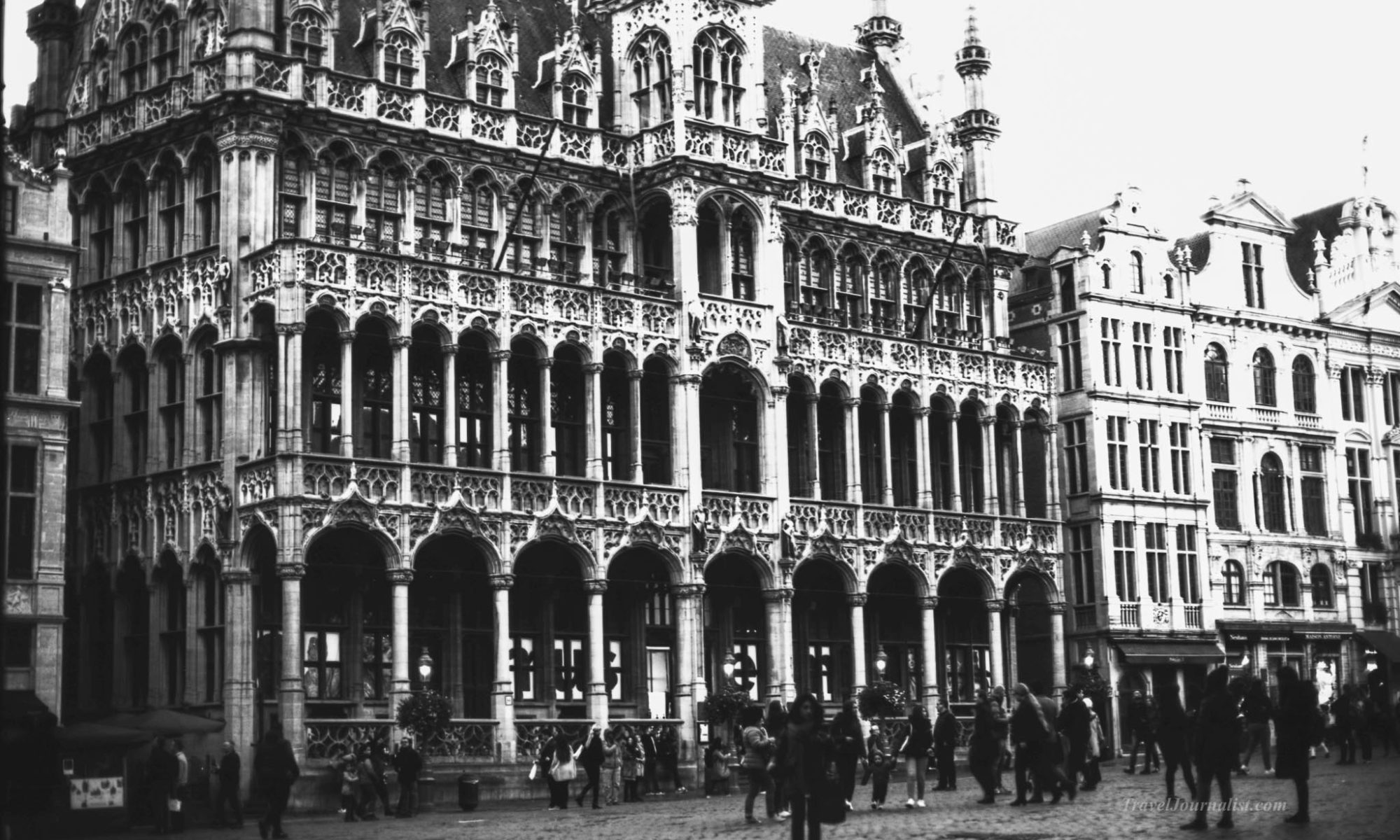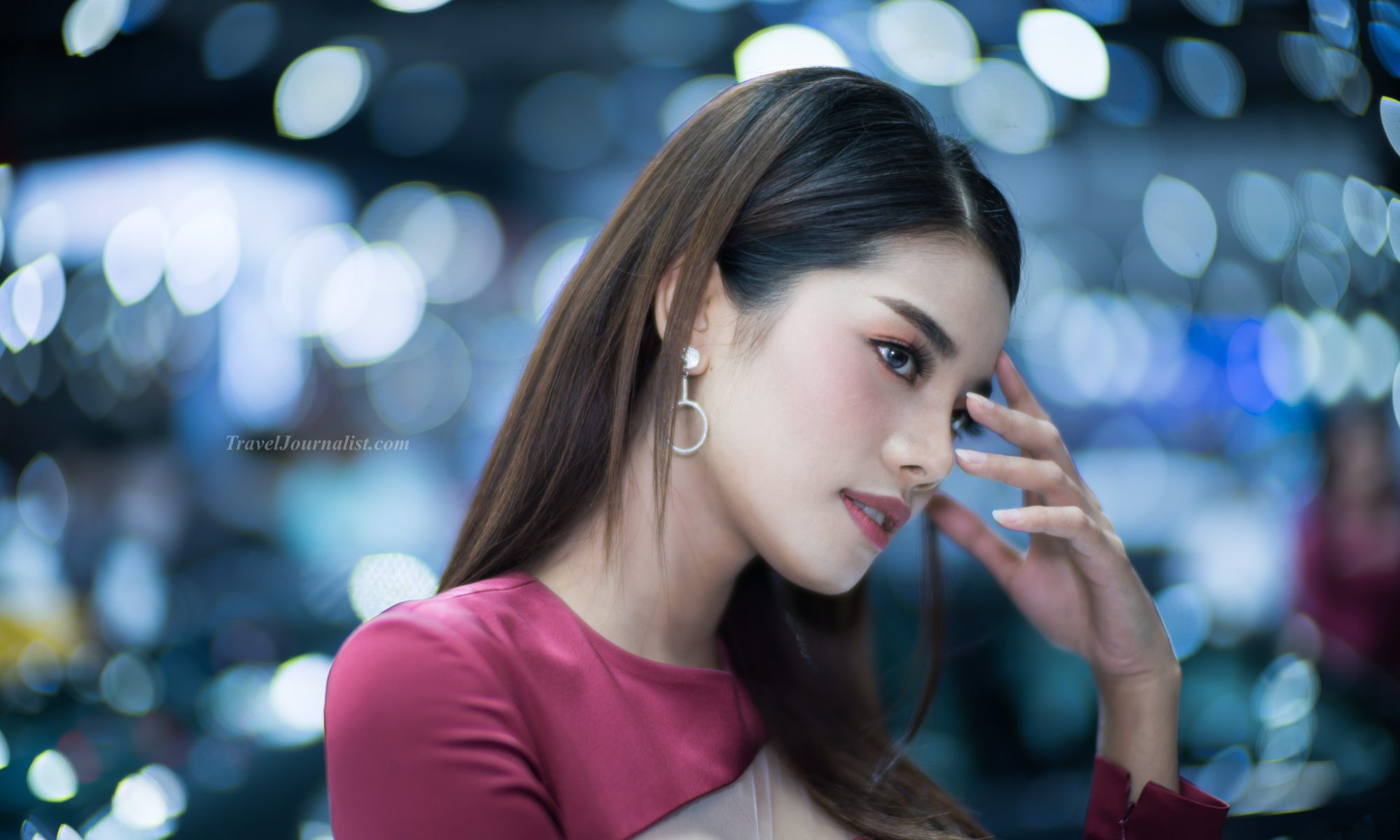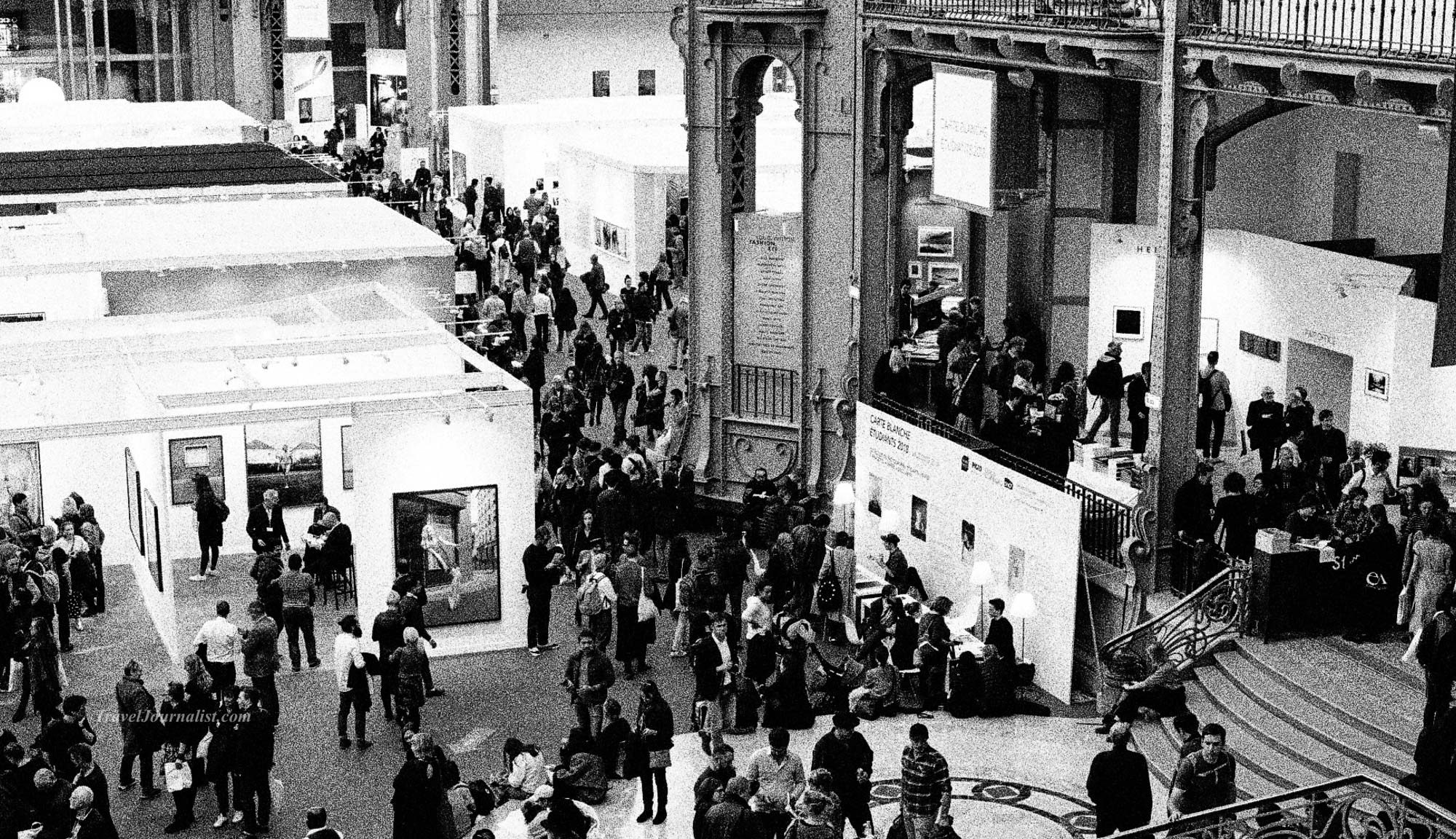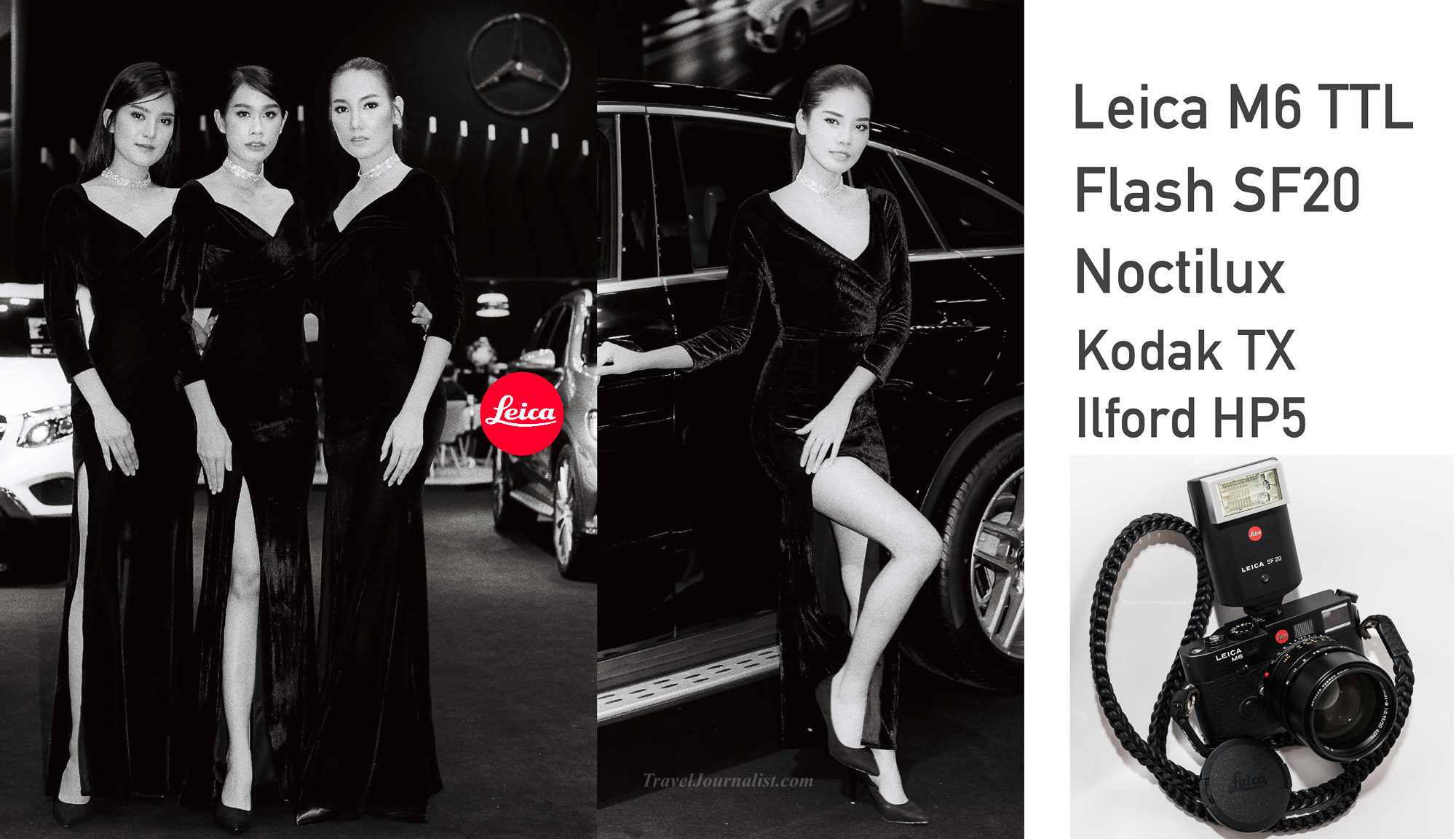Washi Film is a French company created in 2013 and based in Saint-Nazaire. They are specialized in handcrafted film making and industrial film conversion.
Washi (和紙) in Japanese literally means “Japanese (wa 和) Paper (紙 shi) ”. It is handmade from local wood that makes it stronger then standard paper. Usually used for traditional arts like origami, Washi Film created an emulsion from this special material.
The Washi V is handcoated on artisanal Gampi paper made by Awagami Factory in Japan. This is a delicate film and you have to be very careful when you load, advance, and rewind the film. You can shoot 16 pictures per roll.
I shoot with a Leica M6 and the Noctilux 50mm . When I shot my first roll, everything went all right until I rewinded it. The film broke inside the camera and then I made a huge mistake : I opened the camera instead of asking the lab to open it in the darkroom to remove the film. However, I was lucky enough to save 6 pictures.
I love the rendering of this film! I’m crazy about it! It looks like an ancien ink painting on silk.
So I decided to shoot another roll in Paris. And this time everything went all right. I brought it to the lab Friday, the 4th of January 2019 and I’m still waiting for the scans.
Update : 16th of January 2019
I received the scans from my second roll . They are great except some stains on almost all the pictures. I asked the owner of the company Washi Film about that. He told me that the emulsion was applied manually on the paper and this explains that it’s not 100% regular on the film. Besides the film is hand-coated in the dark with infrared glasses so he can not see all the flaws. Let’s say that these irregularities make the charm of the film. However I decided to remove the stains with photoshop. You can still have a idea of what the stains look like because I didn’t remove them on some pictures.
Well, despite the stains I still love this film and I’m looking forward to shoot more pictures with it.
Update 29 of January 2019
I’ve received the scans from my 3rd roll. I shot it in Paris, early January. This time, there were no stains, it came out clean! I’m very happy with the results. I went to the Arc de Triomphe, on the roof top and and had some panoramic views of Paris. It was foggy so the Eiffel Tower is not really visible. I went as well around the Ile Saint Louis to finish the roll.
Continue reading “Washi Film V a special emulsion made from Gampi Japanese paper”
